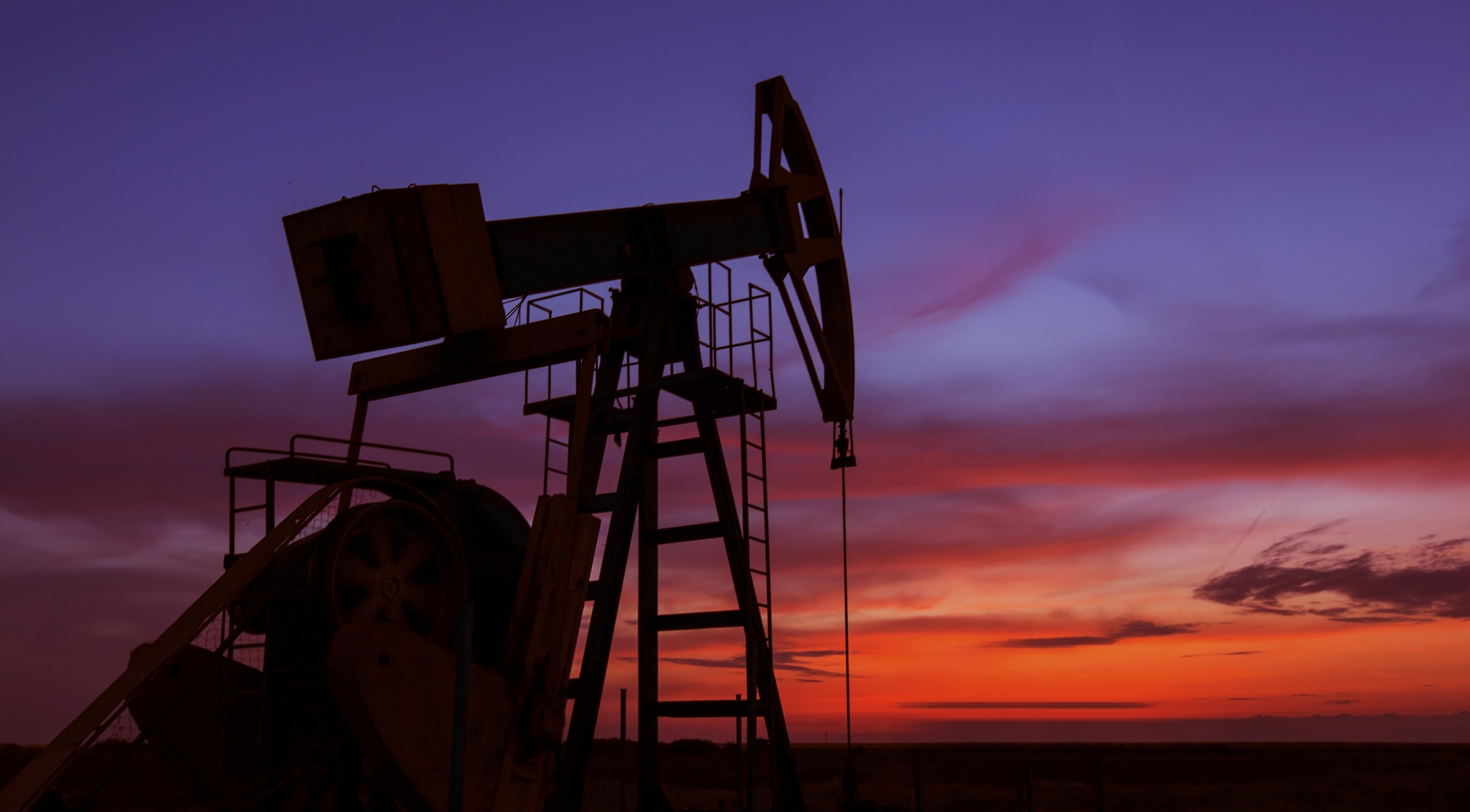In the week that saw one of the big oil giants slash its workforce in Scotland, the government at Holyrood pulled the plug on another potential source of wealth for this country.
North Sea oil made a £24 million loss last year and the sector’s decline has, more than anything else, undermined the nationalists’ case for independence.
Yet instead of embracing a technology that could give this nation the means to stand on its own feet financially, the SNP has closed the door to the developers with the deepest pockets.
Fracking, the process by which shale gas is extracted from rock, will not be permitted in Scotland. A moratorium has been imposed and Nicola Sturgeon has appointed a new energy minister who seems rigidly opposed to even exploring the opportunities of an alternative power supply.
Paul Wheelhouse said earlier this week that he was “deeply sceptical” about allowing fracking and would not permit it in Scotland unless it could be proved “beyond doubt there is no risk to health, communities or the environment”.
Move southww
This is not a new position for the SNP.
Its intransigence has led the petrochemical company Ineos, which employs around 1,300 people in Scotland, to move part of its operations to England.
There, in the county of North Yorkshire, a decision was taken last week to lift a ban on fracking put in place four years ago. This follows on from a ruling at Westminster last summer that it would fast-track fracking licences.
Ineos, which has repeatedly said the future of its Grangemouth plant depended on shale gas, had already warned Scottish ministers that it would have to import raw material from the US. America’s gain is Scotland’s loss.
Now that local authorities in England have begun to approve applications for fracking, it makes sense for Ineos to look at the possibility of switching its efforts there.
England’s gain is Scotland’s loss.
The company’s director of corporate affairs, Tom Crotty, said Scotland was “missing out” on the shale gas revolution just when tax revenues from oil were plummeting. Geologists and petrochemical engineers from the firm are now “100% deployed in England”.
“Our focus is very much south of the border now, where we know we can put planning applications in and we can start work,” he told a Sunday newspaper.
It is hard to understand the reasoning in the SNP’s antithesis to the riches that a local fracking industry could bring – unless you are a seasoned observer of the party and its Luddite tendencies.
‘Clean and green’
Only last year, the then rural affairs minister Richard Lochhead issued a ban on the growing of GM (genetically modified) crops in Scotland, despite the advances made by this country’s own scientific establishment in GM technology.
Although declared safe by the stringent criteria of the European Union and in widespread use worldwide to feed starving millions, a Scottish minister turned back time because he wanted to protect Scotland’s “clean, green status”.
It goes without saying that Lochhead drew his conclusions without consulting any of the available expert advice.
Huw Jones, professor of molecular genetics at the internationally respected Rothampsted Research, was not the only scientist to describe the decision as “a sad day for science and a sad day for Scotland”.
Now we’ve done it again.
It is estimated that the shale gas revolution about to take place in England will create up to 60,000 new jobs, provide millions of pounds of community benefit payments to those regions that host drilling pads, and establish a shale gas sovereign wealth fund for the north of England.
Potential
Scotland has its own rich gas deposits, thought to lie under the ground between Falkirk and Kirkcaldy and Glenrothes and Anstruther.
If exploited, these could revolutionise the energy market, as shale gas has done in the US.
The Americans have cut energy costs to consumers by 50%, reduced their carbon emissions and created jobs since they jumped on the fracking bandwagon.
An American engineer said fracking produces as much energy from four hectares as the entire British wind industry, to which the nationalists remain devoted.
It’s true that the SNP has a minority government and has to canvas the support of Green MSPs more assiduously than in the past.
It is also true Paul Wheelhouse will want to do whatever it takes to please those radical party activists who placed him low down on the South Scotland regional list and made him sweat for his seat on May 5.
But we can’t afford to say no to fracking, not even to satisfy the mostly middle-class environmental lobby.
Surely the nationalists, with their alleged commitment to reducing fuel poverty, will wake up to the possibilities that a secure, abundant and therefore cheaper resource can offer Scotland.
Let’s just hope they do so before it’s too late.










